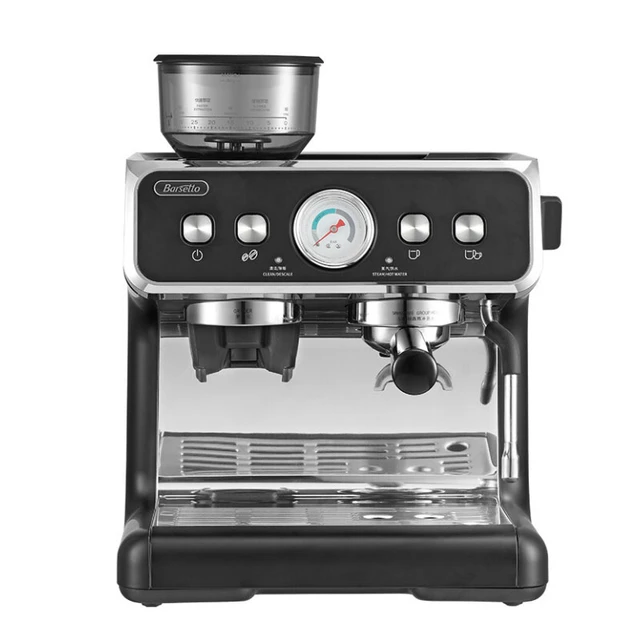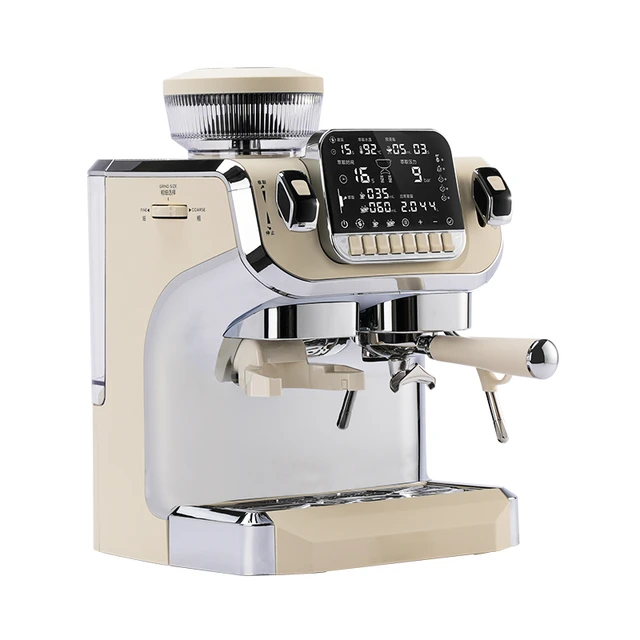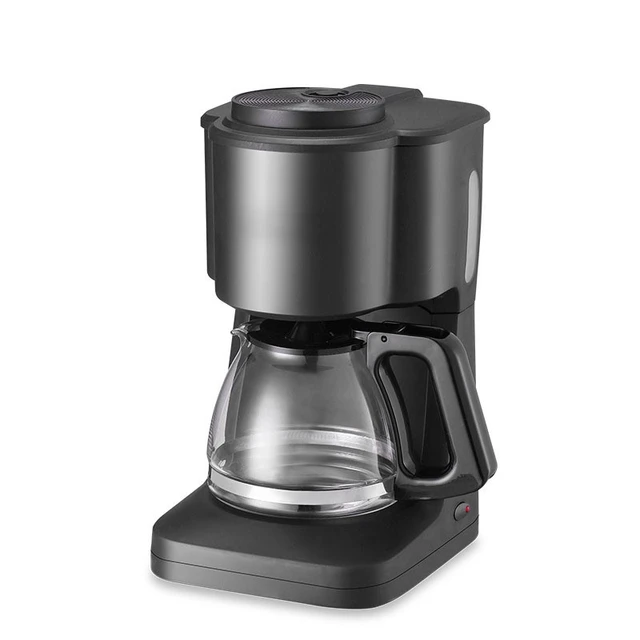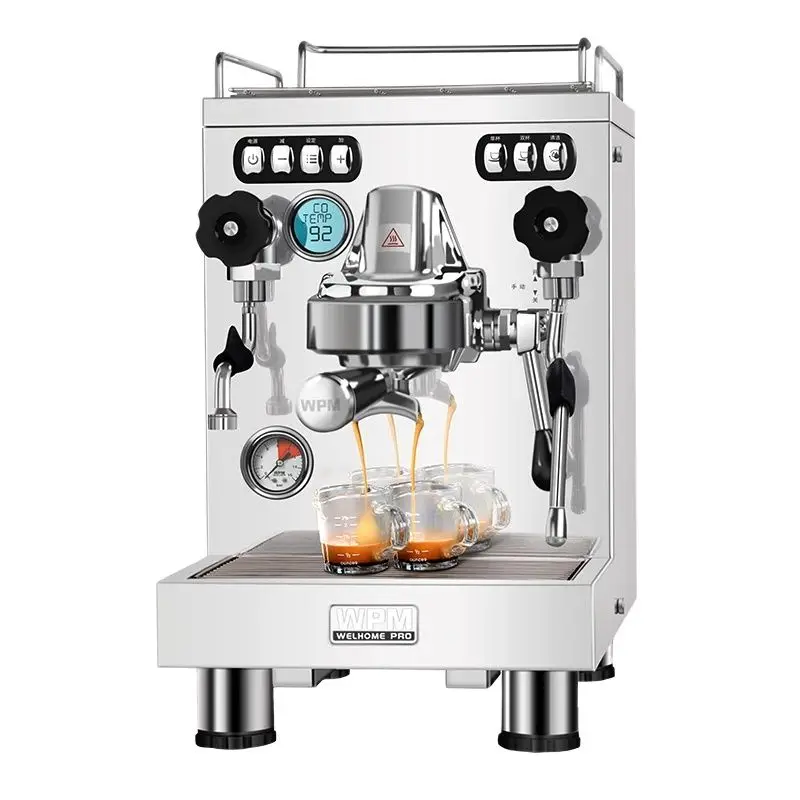
Introduction
Keurig machines have revolutionized home brewing by offering convenience, speed, and a wide variety of coffee options. However, like any appliance, Keurig machines can encounter common problems that may impact their performance. Understanding these common issues and their potential solutions can help you troubleshoot and resolve problems with your Keurig machine. In this guide, we will explore several common problems with Keurig machines and provide detailed troubleshooting steps to help you get your machine back to optimal functioning.

What is a common problem with Keurig?
Keurig Not Powering On
If your Keurig machine is not powering on, it can be a frustrating start to your day. Here are a few potential causes to consider:
Check the Power Outlet: Ensure that the Keurig is properly plugged into a functioning power outlet. Try plugging another device into the same outlet to confirm that it is working correctly.
Power Cord Connection: Check that the power cord is securely connected to the back of the Keurig machine. Ensure there are no loose connections or damage to the cord itself.
Circuit Breaker: If the power outlet is working, but the Keurig still won’t power on, check the circuit breaker or fuse box in your home. Make sure the circuit breaker that controls the outlet is not tripped.
Keurig Not Brewing
If your Keurig is not brewing coffee or dispensing hot water, there may be an issue with the brewing process. Consider the following possibilities:
Water Reservoir: Ensure that the water reservoir is properly seated in place and filled with enough water. If the water level is too low, it may prevent the machine from brewing.
Clogged Needle: The needle that punctures the K-Cup may become clogged with coffee grounds. Gently insert a paper clip or use the Keurig needle-cleaning tool to clear any blockage.
Brew Basket: The brew basket where the K-Cup is placed may become clogged with coffee grounds or other debris. Remove the brew basket and rinse it thoroughly to ensure it is clean and free from any blockages that may hinder the brewing process.
Descaling: Mineral buildup from hard water can affect the Keurig’s performance. Regularly descale your machine using a descaling solution or a mixture of water and vinegar to remove mineral deposits and improve brewing efficiency.

Insufficient Coffee Strength
If your brewed coffee is weak or doesn’t taste as flavorful as expected, consider the following issues:
Brew Strength Setting: Check the brew strength setting on your Keurig machine. Some models allow you to adjust the strength of your coffee. Ensure the setting matches your preference for a stronger cup.
Coffee Selection: Different K-Cups have varying coffee strengths and flavor profiles. Experiment with different K-Cup brands and varieties to find the one that suits your taste preference.
Water-to-Coffee Ratio: Adjust the water-to-coffee ratio based on your desired strength. Adding more coffee grounds or using a smaller cup size can result in a stronger brew.
Water Leakage
Water leakage is a common issue reported by Keurig users. If you notice water leaking from your machine, consider these factors:
Check the Water Reservoir: Ensure that the water reservoir is properly seated and that the gasket or seal is intact. A damaged or misplaced gasket can lead to water leakage.
Descaling: Mineral buildup can cause blockages and interfere with the Keurig’s internal components, leading to water leakage. Regular descaling can help prevent these issues.
Brewing Lid Seal: Inspect the brewing lid seal for any damage or debris. Clean the seal and ensure it is properly aligned and intact. A faulty seal can cause water to leak during the brewing process.

Machine Not Dispensing Properly
If your Keurig machine is not dispensing the proper amount of coffee or hot water, consider the following potential causes:
Clogged Exit Needle: The exit needle at the bottom of the brew basket may become clogged with debris or coffee grounds. Use a paper clip or the Keurig needle-cleaning tool to clear any obstructions.
Water Line Blockage: If you have a direct water line connection, check for any kinks or blockages in the water line. Clear any obstructions to ensure proper water flow.
Cleaning the Water Line: Over time, mineral deposits can accumulate in the water line, affecting the machine’s ability to dispense properly. Flush the water line by running a few cycles of just water through the Keurig to remove any buildup.
Keurig Display Issues
If you are experiencing problems with the display or controls on your Keurig machine, consider the following:
Power Cycling: Restarting your Keurig machine by unplugging it from the power source for a few minutes and then plugging it back in can sometimes resolve display or control issues.
Control Panel Reset: Some Keurig models have a control panel reset function. Consult your user manual or Keurig’s website for instructions on how to perform a control panel reset for your specific model.
Contact Keurig Support: If the display issues persist, reaching out to Keurig’s customer support can provide further guidance on troubleshooting or potential repairs.

Keurig Not Heating
If your Keurig machine is not heating the water properly, it can prevent you from brewing a hot cup of coffee. Consider the following factors:
Power Supply: Ensure that your Keurig is properly connected to a functioning power outlet. Check the power cord for any damage or loose connections that may affect the heating elements.
Preheating Time: Keurig machines typically require a preheating time to reach the optimal brewing temperature. If your machine is not heating, allow it to preheat for the recommended duration before attempting to brew.
Descaling: Mineral buildup can impact the heating elements and hinder their ability to heat the water efficiently. Regular descaling can help remove these deposits and restore proper heating performance.

Conclusion
Encountering problems with your Keurig machine can be frustrating, but understanding the common issues and following the troubleshooting steps provided in this guide can help you resolve many of these problems. Start by checking power, water supply, and potential clogs or blockages. Descale regularly and perform routine maintenance tasks to prevent issues. If the problem persists or appears to be more complex, contacting Keurig customer support for further assistance is recommended. By following these troubleshooting steps and seeking appropriate help when needed, you can address common problems with your Keurig machine and continue enjoying the convenience of single-serve coffee at home.





